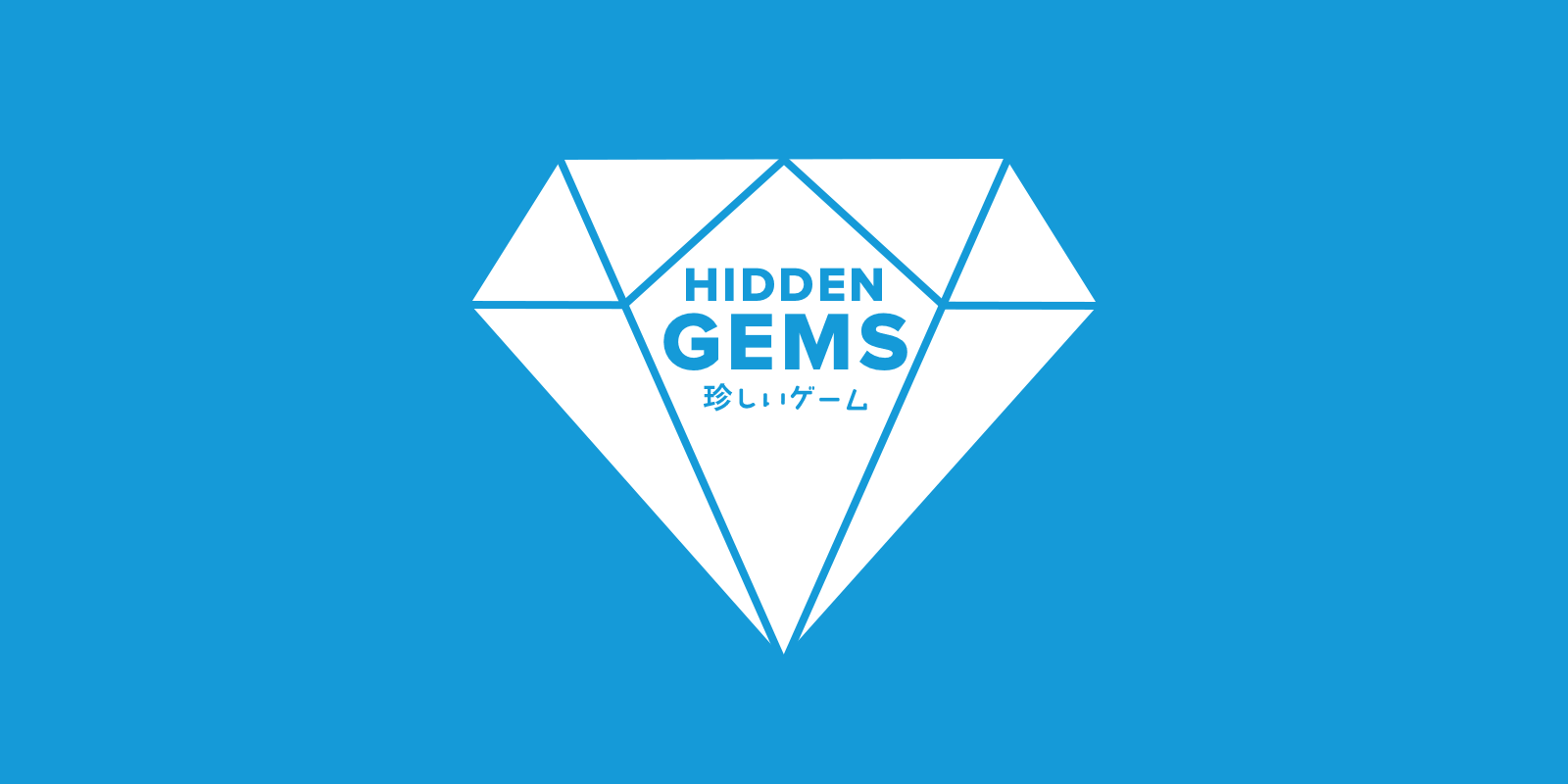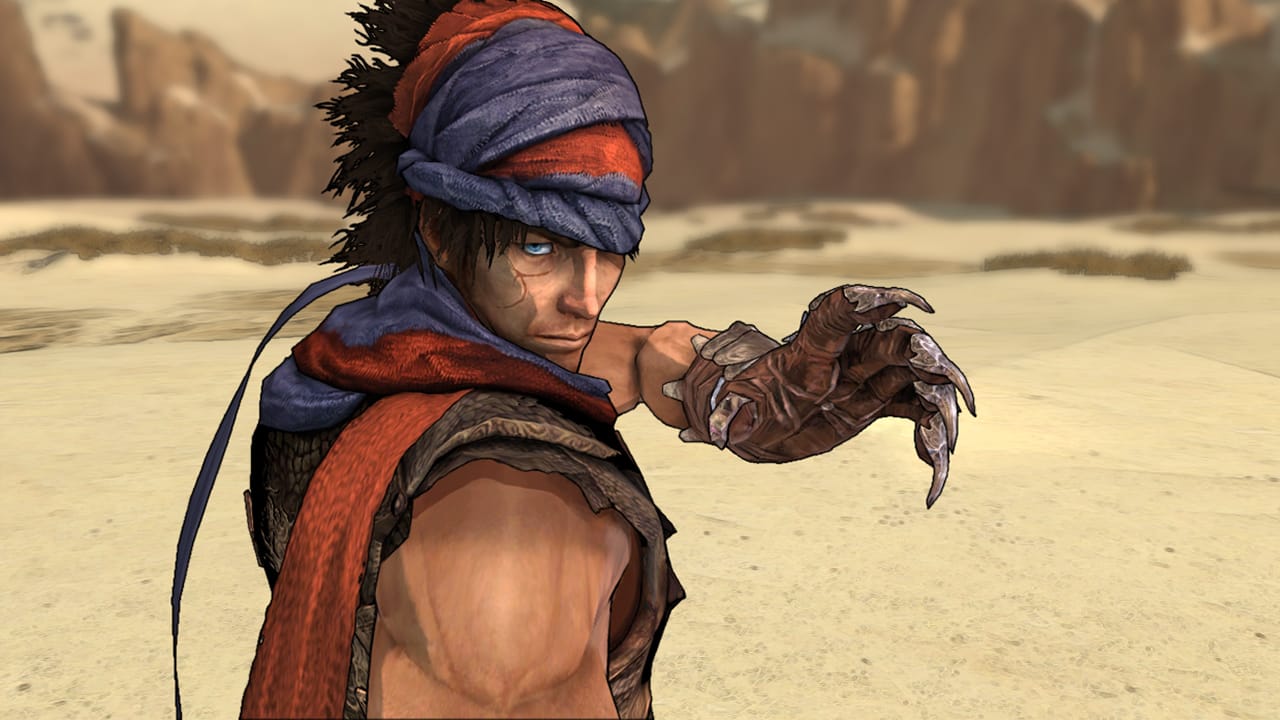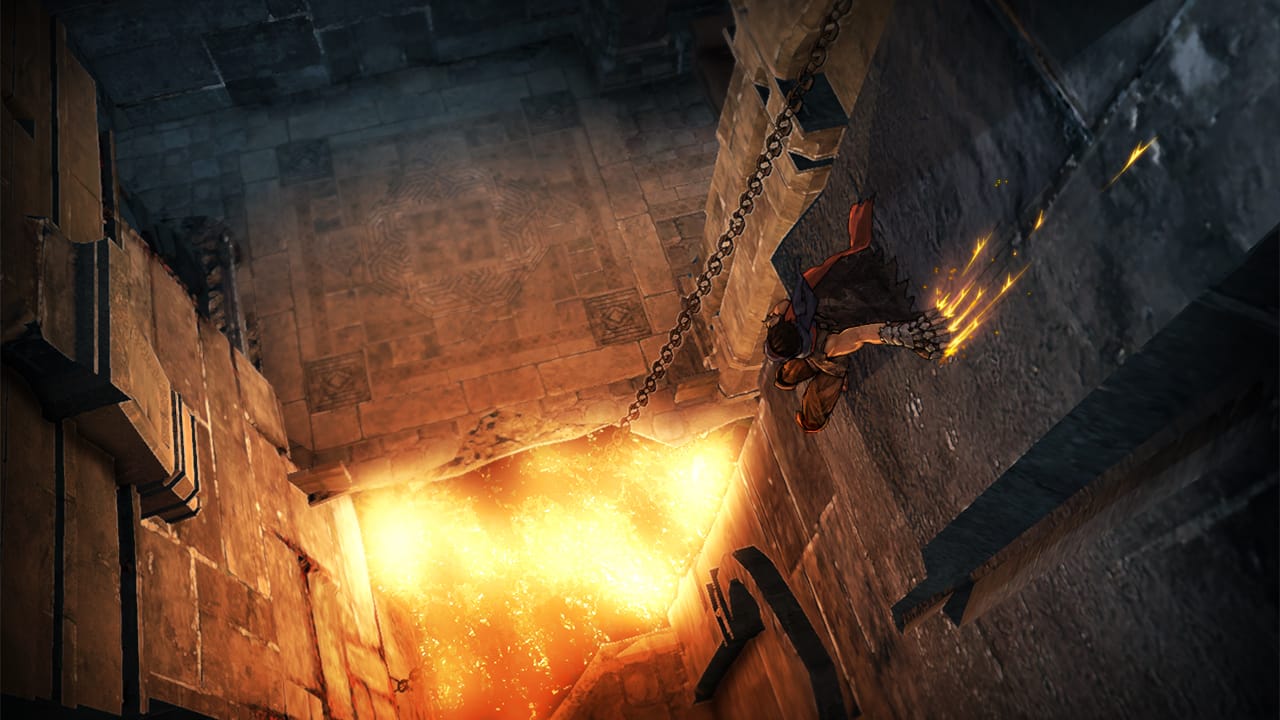Hidden Gems of Game Design Volume 38
Unearthing Entity Researchers, Seven Kingdoms, Saiyuki: Journey West, and Prince of Persia

Plenty of amazing games go unnoticed and are not played widely for various reasons. Maybe it’s a diamond in the rough, or the marketing wasn’t there, or it could be a game ahead of its time. For this monthly series, I’ve asked my fellow writers on SUPERJUMP to pick a game they think is deserving of a chance in the spotlight. Let us know your favorite hidden gems in the comments.
Josh Bycer
Entity Researchers (2022)

Growing up playing so many standard JRPGs and not really getting into the CRPG side, I get excited whenever I find a game that bucks the traditional RPG trends. Entity Researchers is a creature ( or “entity” as they are known here) collector roguelike. Taking place in the 90s, you work for an organization that is trying to keep our reality safe from creatures invading it.
The general gameplay involves entering procedurally generated dungeons to find items and resources while defeating and capturing the different entities within. The money earned from completing jobs and raising your rank will unlock new features and challenges to conquer.
Combat is centered around mini-games, as each spell will require you to click on different symbols and time it properly to get the most damage. Your party will be made up of the different entities that you capture, each with different strengths, weaknesses, and elemental affinities.
There's a lot going on under the hood for this game, which, along with the style, gives it a unique feel. With so much happening at once, the game’s central concept feels a bit muddled as a result. Despite the number of entities to find, they don’t change the base concept of combat. Given how important stats are, if you’re not careful, you can get into a fight with an enemy who will just utterly destroy your party without any recourse other than hoping that you can run away.
The main problem for me is that it makes use of your computer’s clock to determine quests and available entities. Depending on what time you play, this will affect which missions, and by extension, which entities you will go up against.

To that point, let’s say you can only find time to play the game at 6 PM; you will only get access to one specific group of entities. And for a game like Pokémon or Shin Megami Tensei, everyone knows that not having a varied party is a death sentence. The repetition of the missions at the start can also leave you feeling a bit drained after your umpteenth time, hoping to find a new entity or resource needed to progress.
In the end, Entity Researchers is one of those games that isn’t the most refined experience, but does do things very differently compared to everything else out there.
Antony Terence
Seven Kingdoms (1997)

Real-time strategy fans, here’s a game that’s often overlooked in retro disc piles. With elements borrowed from Age of Empires, Civilization, and Warcraft, Seven Kingdoms may seem like your usual fare of oversized soldiers crossing the map, fighting foes, and capturing territories. But under its pixelated visuals, several routes to victory intersect at key junctions: racial harmony, espionage, trade, taxes, and powers of biblical proportions.
As one of seven races, you’ll grapple for control over unaligned cities scattered across the map. Taking over a city could mean anything from bribes, favorable trade, and the promise of better governance, to straight-up conquest. Over time, retaining your people improves their skills, leading to better resource yield and military prowess. Picking a general of the same race as a city’s majority enhances their loyalty and tempts neighbors to switch sides. While securing iron, copper, and clay is important in Seven Kingdoms, the right manpower is just as essential.
With resource piles all over the map, it can take a while for you to have a steady surplus, making trade a worthwhile investment. Caravans and ships let you trade your goods across markets and ports. Invest in your trade routes, and you could broker treaties and even buy out opponents outright. The game’s manual has an entire section on trade route optimization.

While violence remains a solution, it’s seldom the most satisfying one. Lose battles, and your disheartened troops could change sides. Get your king killed, and you might run into a rebellion before you crown a successor. Instead, the route I preferred as a kid was espionage. By sneaking spies into neutral or enemy cities, you could influence the local population, letting them seize control or even assassinate a leader.
If you really want a target for your ballistas and catapults, point them at the Fryhtans, Seven Kingdoms’ version of largely neutral monsters. Raid their lairs or use them as a distraction as you pursue magic scrolls to build Seats of Power. These structures produce Greater Beings, overpowered units that could wipe out entire cities if left unchecked. Seven Kingdoms might not be a visual stunner, but there’s just enough magic in its complex underlying logistics to merit a look, especially at the low price of free.
Ben Cantrell
Saiyuki: Journey West (1999)
If you’re into turn-based tactical RPGs like Tactics Ogre or Final Fantasy Tactics, and you’ve never stumbled across Saiyuki: Journey West on the original Playstation, it’s one of those forgotten gems that’s absolutely worth a look. Released in Japan in 1999 (2001 in the West) by Koei (yep, Koei of Dynasty Warriors fame), it’s a bit of an odd one in their catalogue. This was their only tactical RPG set in this universe, and they never followed it up with a sequel or any other titles in the franchise. It kind of came and went with barely a ripple, which probably explains why it’s stayed relatively hidden all these years.
The story is loosely based on the Chinese myth Journey to the West, where a monk travels from China to India to collect sacred scriptures, joined by a band of magical companions like the monkey warrior Goku and others. Koei turns this into a charming, mythological RPG where you choose the gender of your main character, Sanzo, and take on turn-based strategic battles as you journey across an ancient landscape.
Gameplay-wise, it’s very similar to something like Vandal Hearts, or a boiled-down version of Final Fantasy Tactics. You’ll fight groups of enemies through scripted, grid-based encounters on isometric battlefields that you can rotate in four directions. The characters are beautifully hand-drawn sprites, and the game keeps things moving with brief cutscenes that get down to the point.
The gameplay loop has a nice rhythm to it: you’re doing combat, watching HP/MP bars, upgrading weapons, buying healing potions, and leveling up at dojos between battles. There’s also a 'wereform' system where characters can temporarily transform into beasts with unique abilities, while the main character, Sanzo, uses guardian spirits for buffs and spells. During fights, you can easily view any enemy’s remaining HP, level, and other stats with a quick check. Overall, the game feels thoughtfully designed and approachable.
Another nice touch is the quick-save feature that lets you save mid-battle, making the game super forgiving if a particular strategy doesn’t pan out. It’s definitely not the hardest tactics game around; in fact, tactics veterans probably won’t break a sweat with this. But it’s well-paced, nicely designed, and full of personality. Everything just feels intuitive and smooth to play.
For anyone who loves tactical RPGs and hasn’t checked this one out, Saiyuki: Journey West is a solid, often-overlooked gem from the PS1 era that is worth tracking down. It’s a one-off, but it’s got that classic tactical feel, and it’s aged surprisingly well.
Varun Abraham Karunakar
Prince of Persia (2008)
I'll be the first to admit I was kind of sceptical about a reboot of Prince of Persia. After rolling credits on Yuri Lowenthal's take on The Prince in The Two Thrones, I hated the idea of a new game that would force me to leave behind the excellent story that the Sands trilogy set up, taking the franchise in a bold new direction on both the narrative and gameplay fronts.
But Nolan North's take on the titular character and the gameplay loop Ubisoft brought to the table in Prince of Persia (2008) quickly won me over. It made the most of its distinct cel-shaded visual style to present an experience that brought emotional heft and undeniable immersion to its gameplay loop.

The Prince wasn't really a prince at all. But Erika's presence as the Princess of a failed kingdom that had abandoned its allegiance to a deity who left it behind made her the perfect counterfoil to his lone wolf personality. The duo's interactions and her integral role in Ubisoft's new gameplay loop made Prince of Persia a game that has me longing for my PlayStation 3.
That's because it built on excellent traversal mechanics from past titles, taking them up a notch in a land that needed its protagonists to utilize every advantage they had to deal with its threats. Ahriman was a brilliant antagonist, his influence permeating every square inch of the world while his lieutenants brought truly poignant backstories to explain their allegiance to him.
From the second I began to explore the land and attempt to free it of his influence, I knew that Ubisoft had something truly special on its hands. Running across walls, leaping to distant platforms, and taking on enemies required that I use a specific input tied to either The Prince's limited repertoire of skills or call on Erika to help out.

The synergy that the duo eventually achieved made every facet of its gameplay loop very satisfying in a way that surpassed even the Sands trilogy's excellent combat and exploration. And don't get me started on its incredible audio design and soundtrack!
Another factor that brought the entire experience together into a cohesive whole was the fact that the game's overarching narrative was a part of its very DNA, a heady mix that Ubisoft hasn't really managed to replicate in the intervening years.
I've yet to come across a duo as incredible as The Prince and Erika, although the way their relationship progressed to a bittersweet end continues to haunt me 17 years later. Prince of Persia (2008) is one of those titles that I'd jump at the chance to play again. I'd even go as far as to say that I wish it were the game Ubisoft chose to remake instead of The Sands of Time, and that's saying something considering how much I loved that one back in the day.


